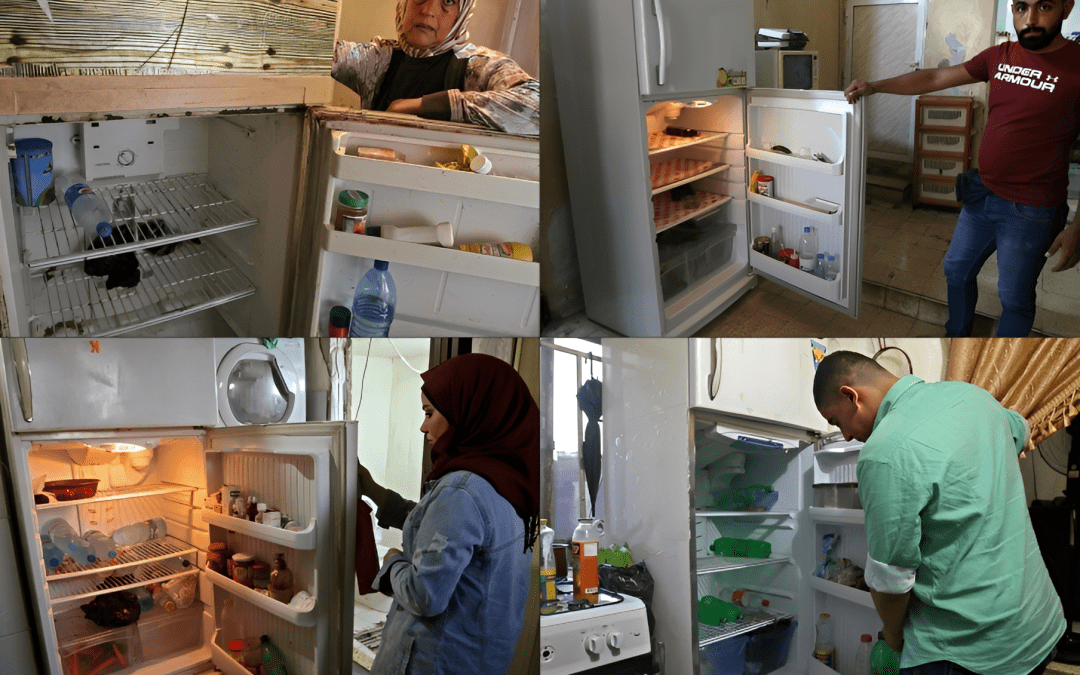
Raising the Minimum Wage: A Key Strategy to End Food Insecurity in Lebanon
Tackling Food Insecurity in Lebanon
As per the United Nations World Food Programme (WFP) definition, food security guarantees access to adequate, safe, and nutritious food for all individuals consistently. Nevertheless, Lebanon faces an alarming surge in food insecurity amid profound economic difficulties. The nation’s dire economic crisis, marked by hyperinflation and a sharp devaluation of its currency, the Lebanese pound (LBP), has intensified the crisis.
The Integrated Food Security Phase Classification (IPC) report on food insecurity distribution in Lebanon for the years 2022-2023 provides a comprehensive insight into the challenges faced by both Lebanese citizens and refugees in the country. With over 5 million records analyzed, individuals are categorized into four distinct phases based on their food security status:
- Phase 1: people in Food Security
- Phase 2: people in Stressed Conditions
- Phase 3: people in Food Crisis
- Phase 4: people in Emergency Situations
In 2022, 18.17% of the population were classified under Phase 1, indicating a secure food situation, while a significant proportion, 45.4%, were categorized as Phase 2, signaling mild stress. However, 16% were in Phase 3, facing a crisis, and 6% were in Phase 4, experiencing emergency conditions. By 2023, although Phase 1 remained stable, economic pressures resulted in a decrease in Phase 2 to 40.5%, while Phases 3 and 4 saw slight increases to 18.2% and 6.6%, respectively.
Additionally, in 2023, a staggering 1,412,000 individuals in Lebanon, classified under Phases 3 and 4, currently struggle with empty refrigerators, highlighting the severity of the food insecurity crisis.
Lebanon’s Economic Crisis and Soaring Food Prices
To contextualize the economic crisis, the exchange rate was relatively stable at around 1,507.5 LBP per US dollar in 2019. However, since then, it has drastically deteriorated, surpassing 90,000 LBP per US dollar in 2023, marking a staggering increase of approximately 5900%.
This rapid depreciation has had profound implications, particularly regarding the cost of living, notably in food prices. The soaring exchange rate has led to a surge in the prices of essential commodities, making it increasingly challenging for Lebanese citizens to afford an adequate and nutritious diet.
In light of these economic challenges, understanding the evolution of food prices over the years in Lebanon is crucial. According to data from the Food and Agriculture Organization of the United Nations (FAOSTAT), there have been notable trends in food prices. Since the onset of inflation, prices in LBP have consistently increased, reflecting the economic instability gripping the nation. However, prices in US dollars initially decreased, but eventually surged back to normal levels. However, it’s worth noting that while prices may seem lower in USD, they remain significantly high when converted back to LBP.
Over the past three years, prices have surged dramatically, with a staggering 250% increase in most cases. Notably, from 2022 to 2023 alone, prices doubled, underscoring the swift and significant escalation in costs. For instance, the price of cooking sunflower oil surged from $2.30 in 2021 to $3.85 in 2022, then doubled to $7.70 in 2023. Similarly, milk powder “Nido” saw a notable rise from $0.70 in 2021 to $1.30 in 2022, then sharply increased to $4.80 in 2023.